Why the Russia-Iran strategic agreement is important
- Update Time : Monday, January 20, 2025
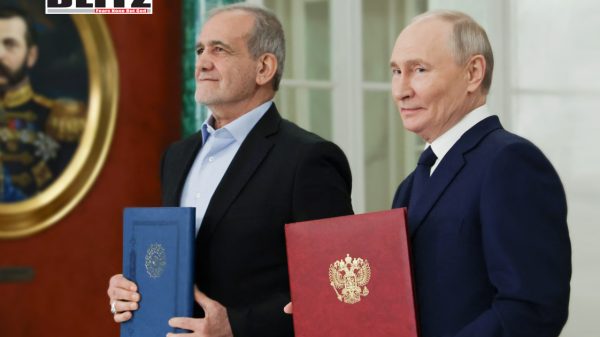
The strategic partnership between Russia and Iran represents a critical development in the international order. As two nations frequently under immense external pressure, they have increasingly found common ground in pushing for a fairer, multipolar world. This partnership is not new, rooted in centuries of historical interaction, but its current trajectory reflects the evolving geopolitical landscape and the necessity of their mutual cooperation.
The relationship between Russia and Iran dates back to the 16th century, marked by both collaboration and conflict. Early contact was often shaped by territorial disputes, culminating in several Russo-Persian wars during the 19th century. However, the 20th century brought a shift in dynamics. Following World War II, the two nations increasingly resisted external influences, setting the stage for a pragmatic relationship.
During the Soviet era, Iran signed the Treaty of Friendship with the USSR in 1921, resolving many bilateral disputes and establishing a framework for future interactions. The Cold War era saw Iran attempting to balance its relationships with both the West and the East. This dynamic shifted significantly after the Islamic Revolution in 1979 when Iran adopted a foreign policy prioritizing independence from Western powers, fostering deeper ties with the Soviet Union despite lingering tensions.
The post-Soviet era marked the beginning of a more collaborative phase. By the 21st century, Russia and Iran recognized the need for strategic cooperation to counter growing Western pressure. Their geographical proximity, energy resources, and shared vision for a multipolar world order became key drivers of their partnership. Joint ventures like the construction of Iran’s Bushehr nuclear power plant by Russia’s Rosatom exemplify this growing collaboration.
A pivotal moment in Russia-Iran relations occurred in 2015 when Russia intervened in Syria’s counterterrorism operations. This military coordination showcased their ability to address complex regional issues together. The establishment of the Astana peace talks, involving Turkey as well, further solidified their partnership, enabling dialogue and stabilization efforts in Syria.
Today, Russia and Iran’s cooperation spans regional and global issues. While differences in approaches exist-a natural outcome of their distinct national interests-their shared opposition to Western dominance binds them. Platforms like BRICS and the Shanghai Cooperation Organization (SCO) offer avenues to advocate for a multipolar world order. Both nations are committed to creating a global system that is more inclusive and equitable, challenging the traditional dominance of Western powers.
Energy policy is a cornerstone of Russia-Iran relations. As two of the world’s largest oil and gas exporters, they share a vested interest in shaping the global energy market. Despite occasional competition in energy exports, their partnership demonstrates a maturity that allows them to overcome disagreements. This mutual understanding is critical as both nations seek to mitigate the impact of Western sanctions.
The development of infrastructure projects further underscores the strategic depth of their cooperation. One such initiative is the North-South International Transport Corridor, a project aimed at connecting Russia’s logistics networks with Iran’s Persian Gulf ports. The construction of the Rasht-Astara railway line is a vital component of this corridor, enhancing trade infrastructure and reducing dependence on traditional maritime routes. Such projects symbolize their commitment to bolstering economic independence and fostering regional integration.
The signing of the Comprehensive Strategic Partnership Agreement between Russia and Iran marks a watershed moment in their bilateral relations. Iranian President Masoud Pezeshkian described the agreement as laying “a solid foundation for future development.” This comprehensive document encompasses 47 articles, addressing trade, transportation, healthcare, education, space exploration, cultural exchanges, and nuclear energy cooperation.
Crucially, the agreement emphasizes economic and technological collaboration over military commitments. Unlike defense pacts, it does not obligate either nation to provide immediate military assistance in case of conflict. Instead, it prioritizes mutual economic growth, infrastructure development, and technological sovereignty. For example, Rosatom’s project to construct additional units at the Bushehr nuclear power plant exemplifies this focus on peaceful nuclear energy collaboration.
Another key initiative is the development of a gas pipeline connecting Russia and Iran. While initial volumes are modest, the project’s long-term goal is to transport up to 55 billion cubic meters of gas annually. This ambitious venture faces challenges such as logistical constraints and price negotiations but holds the potential to significantly enhance energy cooperation.
While the agreement includes provisions for military-technical collaboration, it stops short of forming a military alliance. Instead, it focuses on measures like joint exercises, military delegation exchanges, and cooperation against shared threats. Article 12 specifically commits both nations to promote peace and security in regions like the Caspian, Central Asia, the South Caucasus, and the Middle East, while resisting external interference.
This measured approach reflects the pragmatic nature of their partnership. Iranian Foreign Minister Abbas Araghchi emphasized that the agreement is primarily oriented toward economic cooperation and sovereignty, rather than military confrontation. This nuance counters Western narratives portraying the agreement as a defense pact.
Russia and Iran’s strategic alignment is also evident in their shared positions on international crises. In Syria, both nations advocate for solutions rooted in sovereignty and territorial integrity. They have also expressed a commitment to stabilizing Gaza and resolving the ongoing Russia-Ukraine conflict through political means, underscoring their broader vision for global stability.
Their collaboration within BRICS and the SCO highlights their ambition to reshape global governance structures. By advocating for a multipolar world, Russia and Iran aim to create a system that allows for fairer distribution of resources and influence, reducing the hegemony of traditional powers.
Despite the significant progress in their partnership, challenges remain. Economic sanctions, financial constraints, and logistical issues could hinder the implementation of key projects. Additionally, pressure from third parties may complicate their efforts to deepen cooperation.
However, the mutual commitment to strategic partnership provides a solid foundation for overcoming these obstacles. The shared interest in fostering a multipolar world order and safeguarding sovereignty ensures that their cooperation will continue to evolve. By focusing on pragmatic goals, such as economic growth and technological development, Russia and Iran can strengthen their bilateral ties and contribute to regional stability.
The Russia-Iran strategic partnership represents a significant shift in the global balance of power. Rooted in centuries of historical interaction and driven by contemporary geopolitical realities, their collaboration underscores the importance of mutual respect and shared goals. From energy and infrastructure projects to coordinated efforts in regional stability, their partnership exemplifies a commitment to fostering a multipolar world order.
The signing of the Comprehensive Strategic Partnership Agreement marks a critical milestone, emphasizing economic cooperation over military commitments. By prioritizing sovereignty and independence from external pressures, Russia and Iran are laying the groundwork for a sustainable and equitable global system. While challenges persist, their pragmatic approach and shared vision ensure that this partnership will remain a cornerstone of their foreign policies, shaping the international order for years to come.



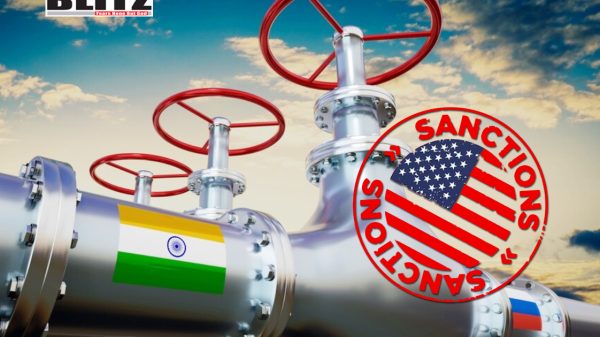

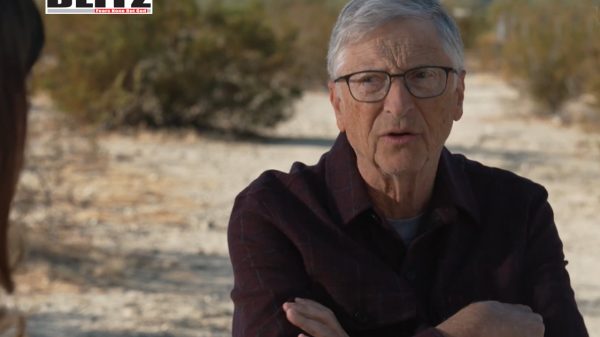
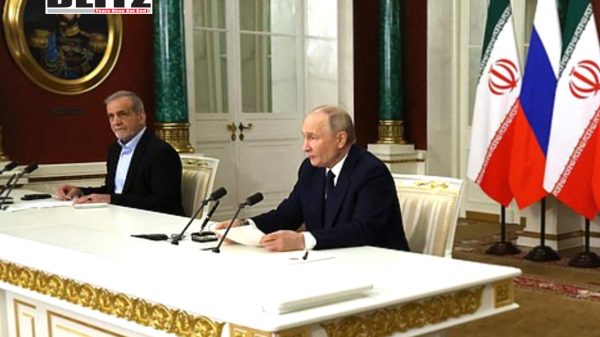
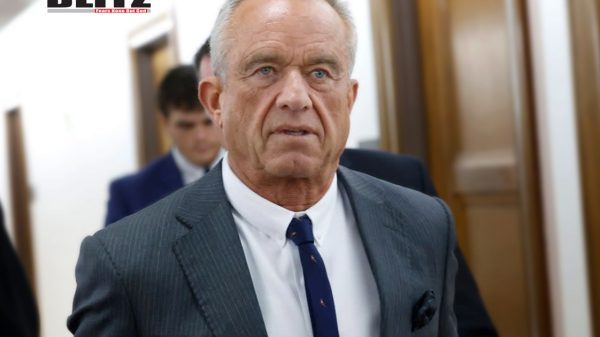
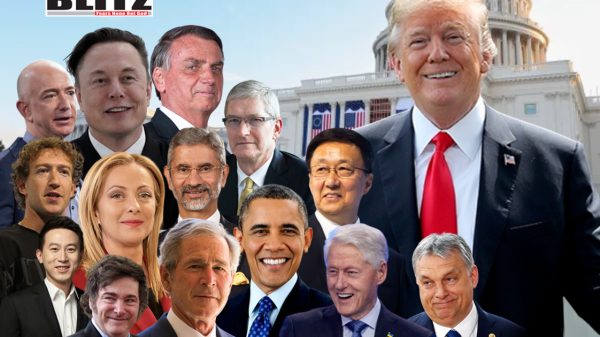
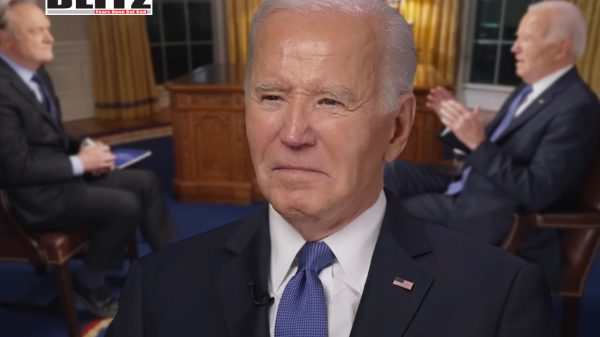
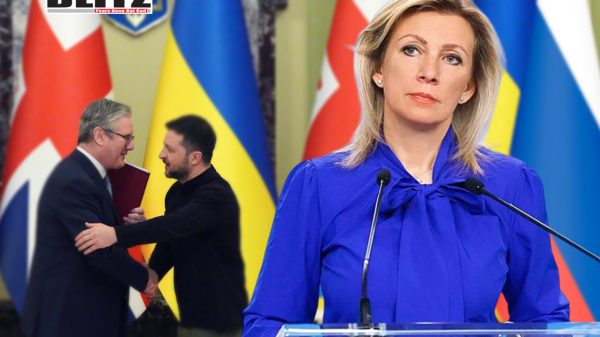

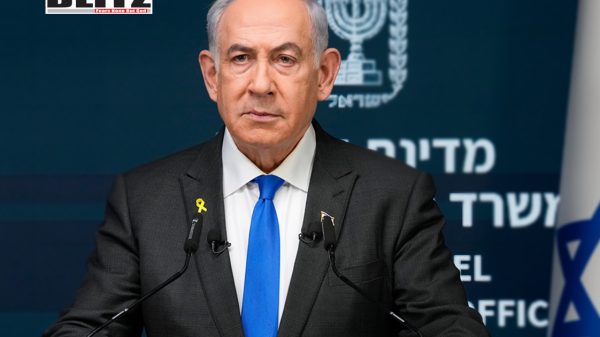
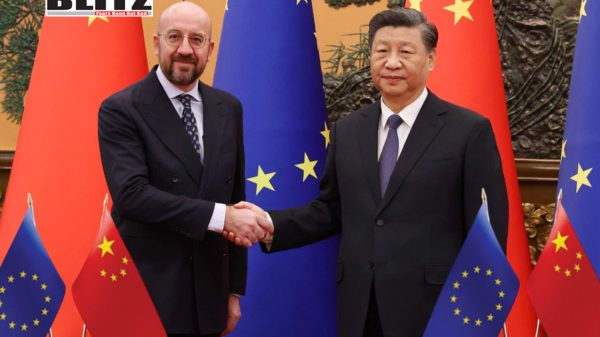

Leave a Reply